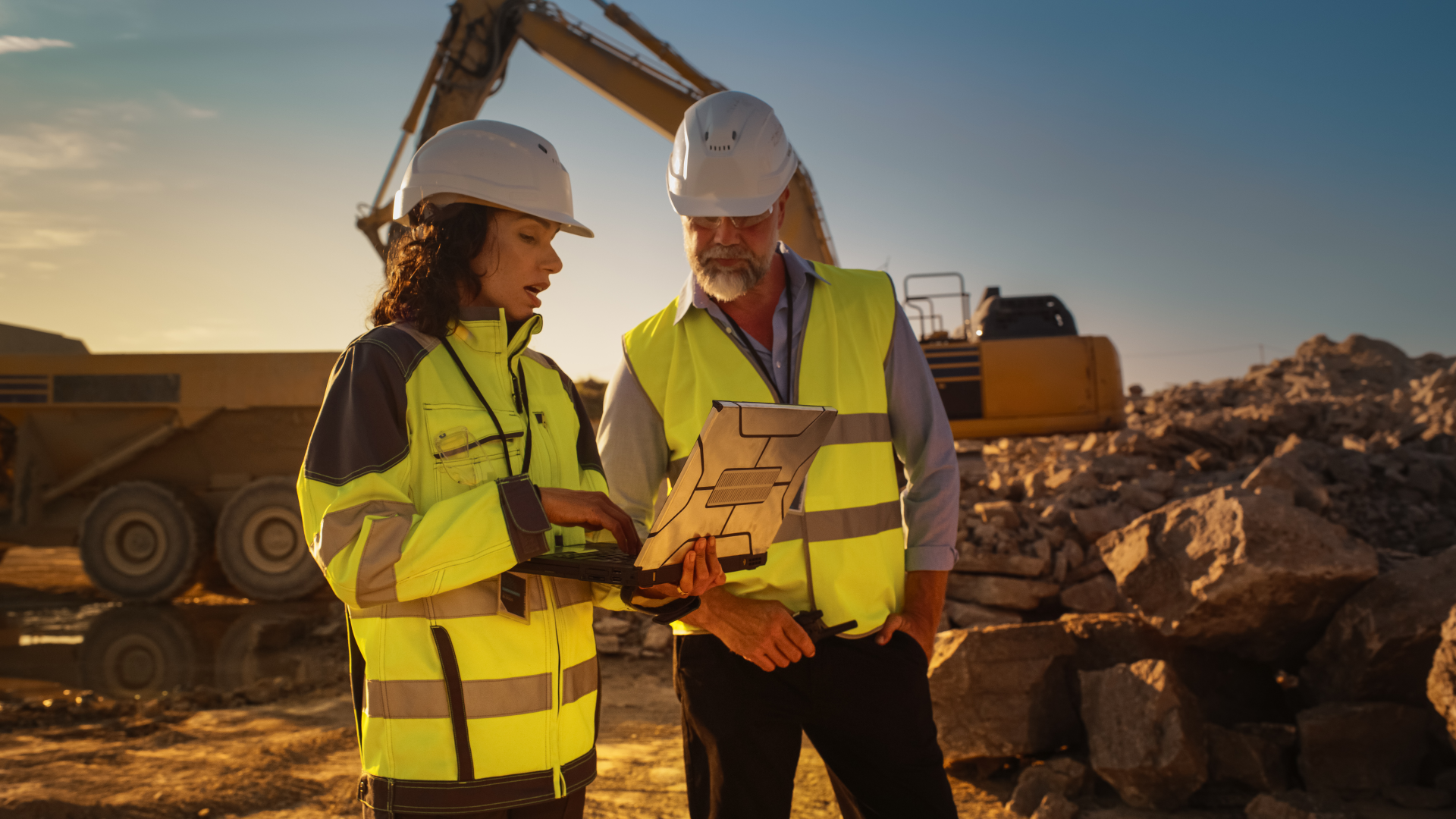In mining, equipment and machinery are used both in unit mining operations and in various auxiliary services, such as dust control and maintenance of access roads. Throughout their use, these assets operate in adverse conditions that can reduce their useful life, increase the risk of accidents, reduce productivity and generate excess maintenance. Given the importance of these assets, attentive management of the fleet’s “state of health” is crucial to guaranteeing the safety of workers and the continuity of mining activities.


UNDERSTANDING THE DIFFERENT STATUSES OF EQUIPMENT AND THE IMPORTANCE OF MAINTENANCE:
Just like the human body, machinery has “vital signs” that indicate the quality of its functioning and even reveal how it is operated. The operational status of a piece of equipment covers a variety of conditions that reflect the health and efficiency of the machine during its application. Equipment can be classified as: in operation, inoperative, under maintenance, spare, deactivated or under test.
In mines, monitoring and controlling maintenance status is essential for ensuring fleet availability, planning preventive maintenance and implementing predictive maintenance. Metrics such as Mean Time Between Failure (MTBF) and Mean Time To Repair (MTTR) are fundamental to understanding the reliability and efficiency of equipment, helping to identify opportunities for improvement.


HOW IS THE OPERATIONAL CONDITION OF THE FLEET MANAGED?
In mining, managing the operational condition of assets is fundamental. Preventive maintenance routines are planned to keep equipment in good condition and avoid failures that would require corrective maintenance and interrupt operations. On-site visits allow maintainers to detect noises and vibrations that can affect the useful life and performance of equipment. Predictive maintenance anticipates the detection of faults, allowing low-cost maintenance to be carried out and avoiding serious and costly downtime.


NEW TECHNOLOGIES FOR MONITORING AND CONTROLLING EQUIPMENT STATUS:
With the evolution of technology, equipment management has benefited enormously. Telemetry and the Internet of Things (IoT) are now widely used, allowing machines to be monitored in real time. These resources provide valuable data such as vibration, fuel consumption, noise, tire pressure, engine speed and temperature, which maintainers cannot obtain with the naked eye.
In addition, emerging technologies such as Artificial Intelligence (AI), Machine Learning and Predictive Analysis are revolutionizing the monitoring and control of equipment status. These methods reveal the condition of machinery, detect subtle problems and allow maintenance staff to predict and prevent real failures, making it possible to include predictive maintenance in the routine.


BENEFITS OF MANAGING VITAL EQUIPMENT INFORMATION:
In addition to the gains from monitoring equipment health indicators and condition control, we also have:
- Increased operator safety;
- Cost reduction: an effective maintenance plan preserves the integrity of the fleet and avoids unnecessary investment in replacing worn parts and assets;
- Adoption of predictive maintenance: detecting subtle signs of wear on a component, predicting and inhibiting unfavorable conditions for the machine to function properly;
- Increased asset availability of equipment: carrying out planned maintenance allows equipment to be available as much as possible for its activities;
- Increased operational efficiency: knowing the condition of the equipment and planning maintenance and allocations according to the availability of the assets.


CASE STUDY – INCREASED FUEL COSTS: THE EFFECT OF IDLING
A case study analyzed 22 pieces of equipment from a mining company for 39 days via telemetry, focusing on idling events, which can damage the engine and increase fuel consumption. The total duration of the idling events was 776 hours, resulting in an increase in fuel consumption of $2,511.67. Simulating this situation for one year, it is estimated that the mining company would have an increase of $23,506.70 in its fuel costs.
Telemetry was used to monitor the duration of idling events, revealing an opportunity to control this condition and reduce fuel consumption. Switching off the equipment after 3 minutes of idling could be an effective solution.


CONCLUSION:
In this scenario of the rise of new technologies, telemetry is a great ally for controlling the status and operation of equipment. Following the trends in the mining industry, Fast2Mine presents the Telemetry Control solution, which has revolutionized the management of the mechanical condition of equipment.
Was this article useful? Share this knowledge with your team and coworkers to boost efficiency in your mine. Knowledge is the first step towards continuous improvement!



